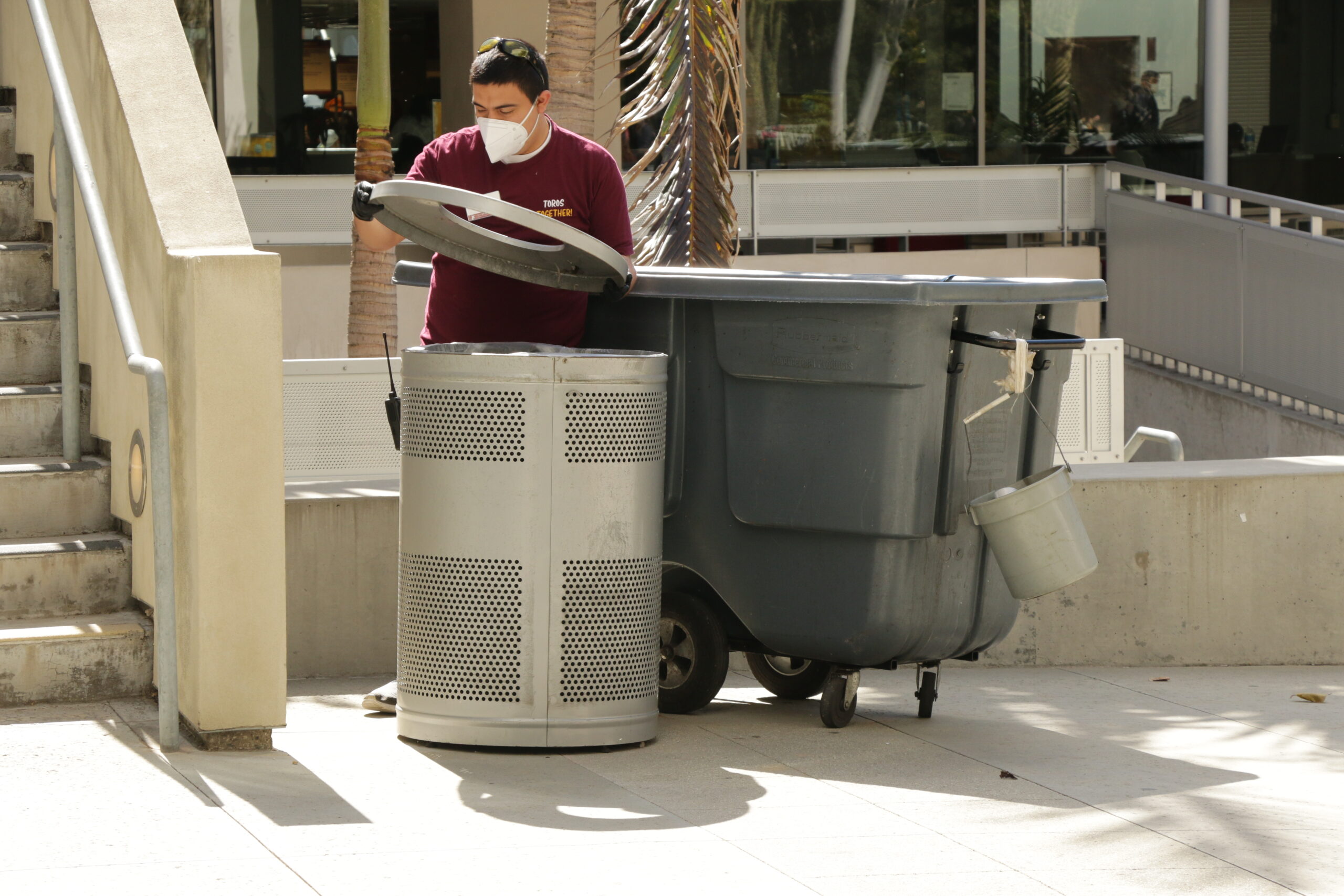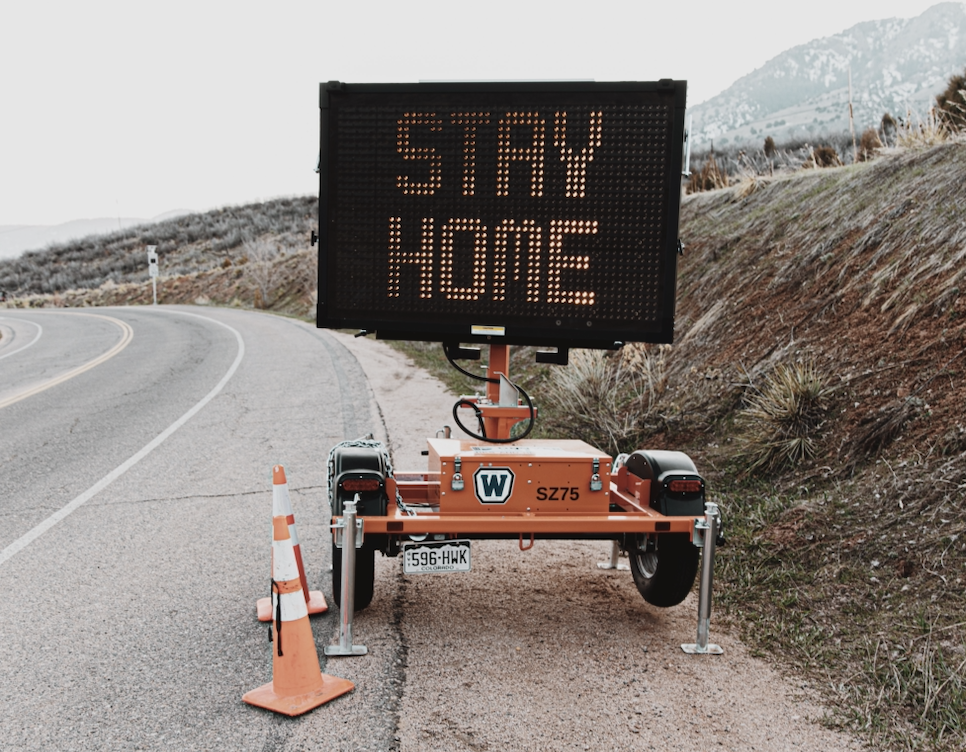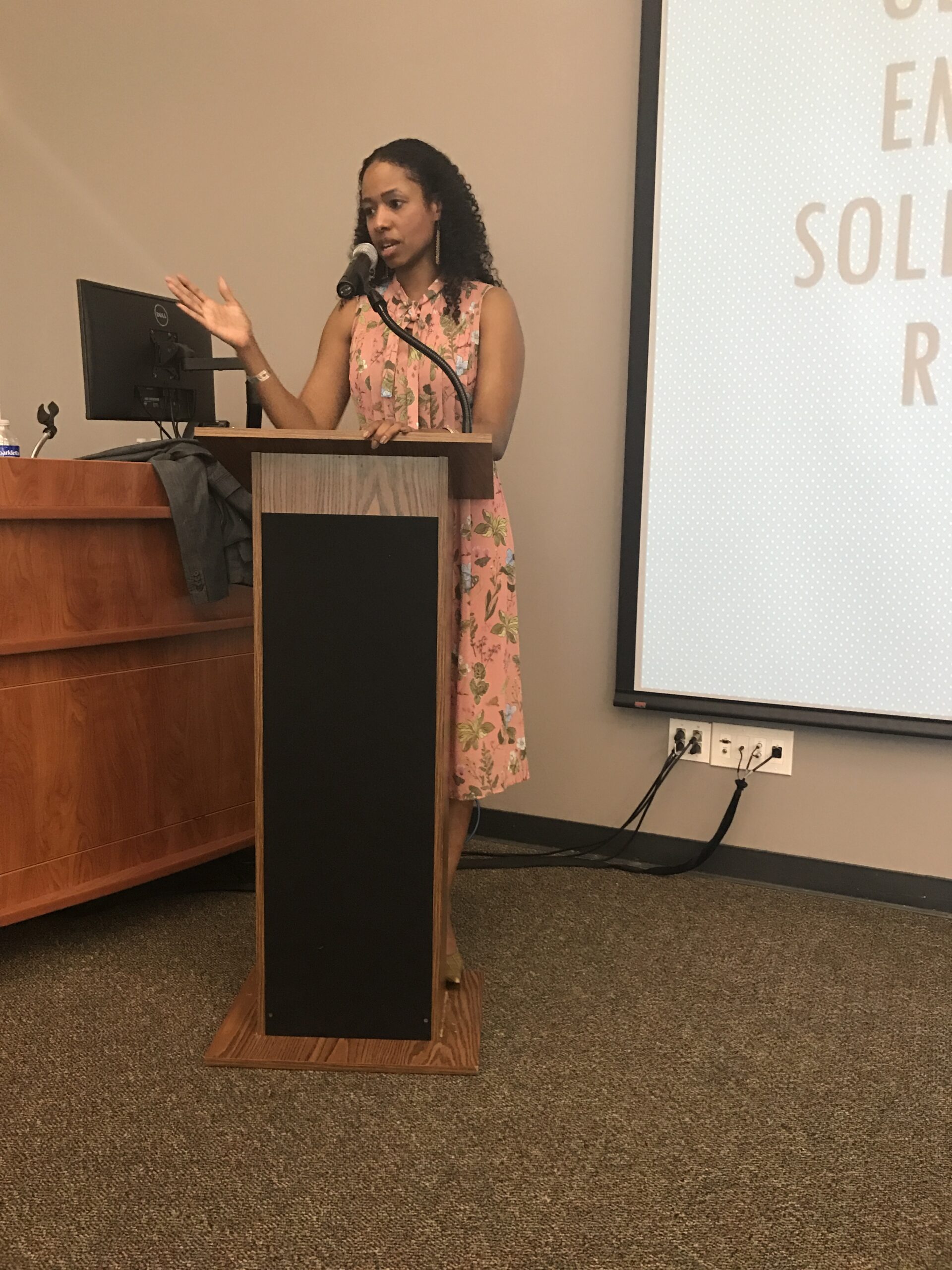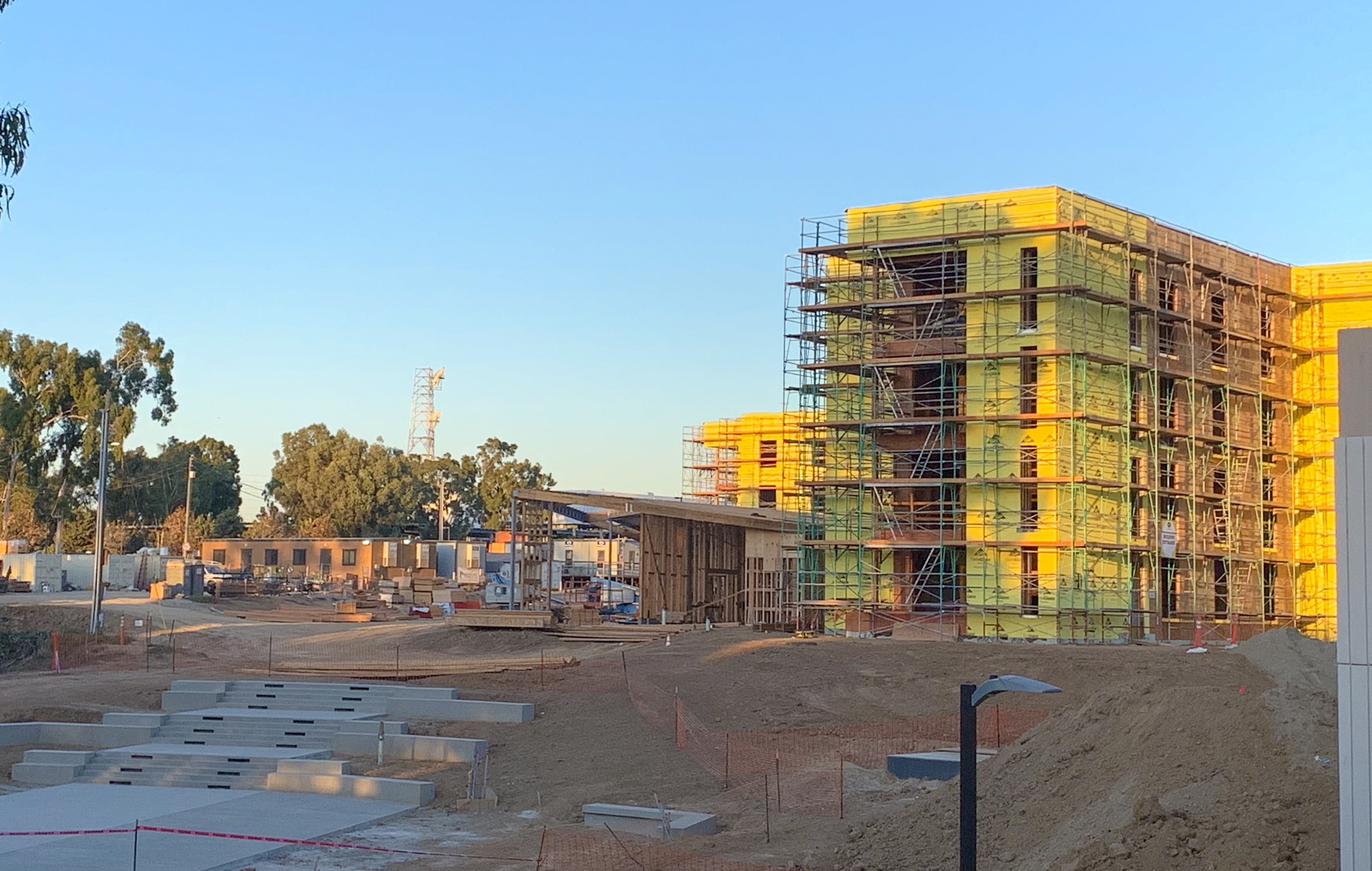Custodial services worker, Jose Lar, making his rounds and completing his custodian duties. Photo by Dylan A. Bryant
By Dylan A. Bryant, Staff Reporter
The zero waste bins, located throughout campus are one of the many ways CSUDH is continuing their efforts towards a zero waste culture. The bins are divided into three streams that consist of landfill, recyclables, and compost and can be typically found in campus hallways, outside in common meeting areas, and adjacent to most buildings.
Zero Waste Coordinator, Lily Ledesma, said these bins are not only helping the campus look better and cleaner but they are also giving the recycle and compost material a second life. According to Ledesma, now that students have the infrastructure, they don’t have to throw everything in the trash and now have the option to recycle and compost in the same place.
According to Ledesma, the bins were something that the Office of Sustainability worked on setting up while student staff and faculty were online.
“We were able to get every single bin on campus onto a three stream system,” she said. “It is pretty amazing and it is a new thing for everyone.”
CSUDH is currently operating at 75% landfill diversion rate, which is the proportion by weight of all material diverted from being sent to the landfill and instead being repurposed. The campus goal is to operate at more than a 90% diversion rate by 2025. The five-year action plan is to formulate a solution to avoid over 1200 tons of trash ending up in a landfill. The current goal is introducing the expansion of formal reusable dining-ware and providing students with zero waste education.
According to Ledesma, a zero waste future is feasible and obtainable if students take two simple steps. One step consists of evaluating their lifestyle to see what they can do to reuse, recycle and reduce waste. The second step would be having an understanding of what goes in each bin.
The principle is moving more things away from the trash and into the recyclables and compost.
Here is a quick breakdown:
Landfill usually consists of candy wrappers, straws and one time use food containers.
Recyclables typically are items like soda cans, water bottles and plastic containers.
Compost can be sorted by the leftover fruits and vegetables scraps, for example banana peels, salad leftovers and even egg shells.
For Jose Lar, a CSUDH custodian, keeping the campus clean is a responsibility now that the university is repopulating.
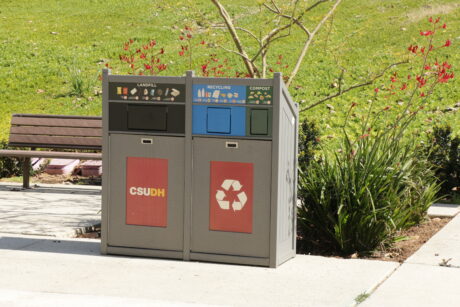
“It has been so long since I have worked in full capacity, I need to get used to how it is now [be]cause I’m used to it being so clean” Lar said, “More responsibility now to make sure the whole campus is clean,” Lar added.
Ledesma acknowledges that it will take some time to see results of these bins and for students and staff to learn how to use the bins adequately but that these efforts will pay off. , “It’s everyone’s first semester back, so we will have to see what it is doing to our service numbers… we are keeping an eye on which bins are getting hit more often and is it increasing our loads and if people are demanding more pickups.” Ledesma said.
The custodians service and grounds team are responsible for their daily tasks which include indoor and outdoor bins. “We take our trash, do our job and throw it away in the corresponding trash can,” Lar said. Once custodial services take out bags from the zero waste stations they are then taken to the nearest waste dumpster corrals, which are typically on the side of buildings ready to be pick up by the city.
According to Ledesma, the bins are taken out by orders through public services to collect the three dumpsters which are landfill, mixed recycling, and compost. The “landfill” dumpsters are simply picked up and taken to landfills. The mixed recycling is sent to the recycling facility and sorted for more valuable materials. Lastly, the commercial organic composting is taken to be processed and salvaged at a composting facility for renewable energy, which some of the materials are used for natural gas and fertilizing.
According to Lar students are still learning how to use Zero Waste bins correctly. “For example the soda cans, there are some that are still putting it in the trash can even though it is not the corresponding bin, but they are doing a better job,” he said.
For more information on upcoming events, workshops and education on waste follow the @csudhsustainability on Instagram or at www.csudh.edu/sustainability/.
